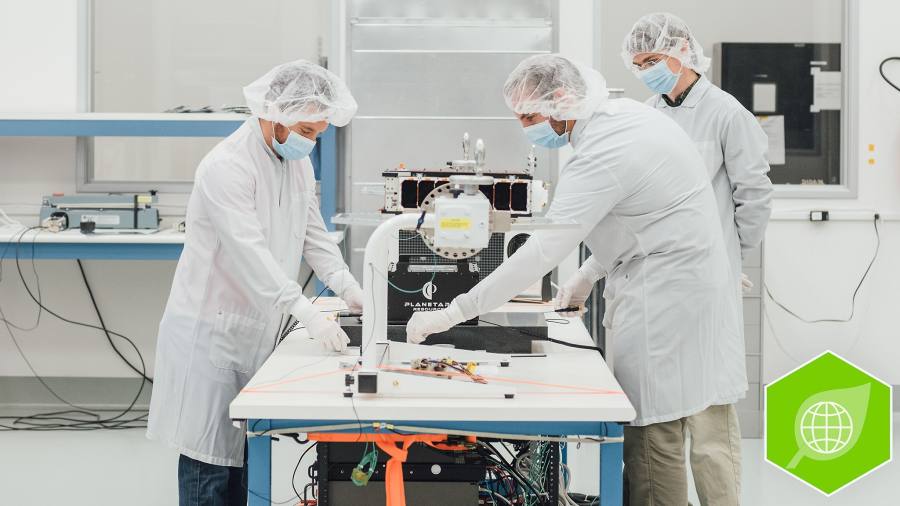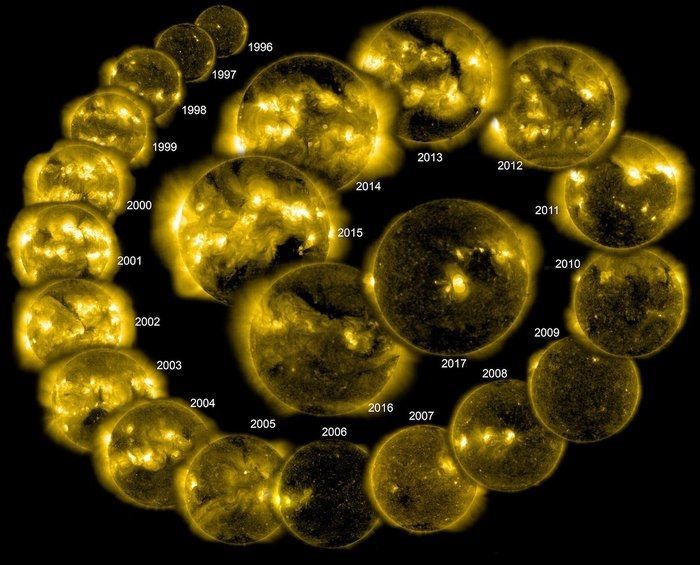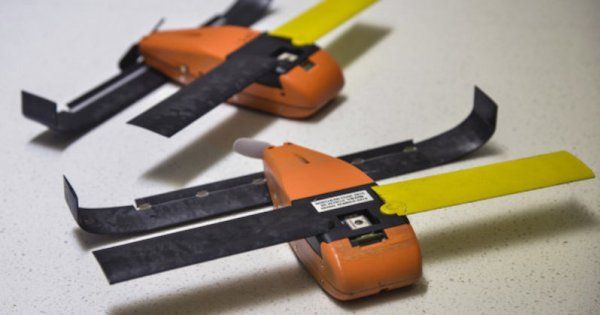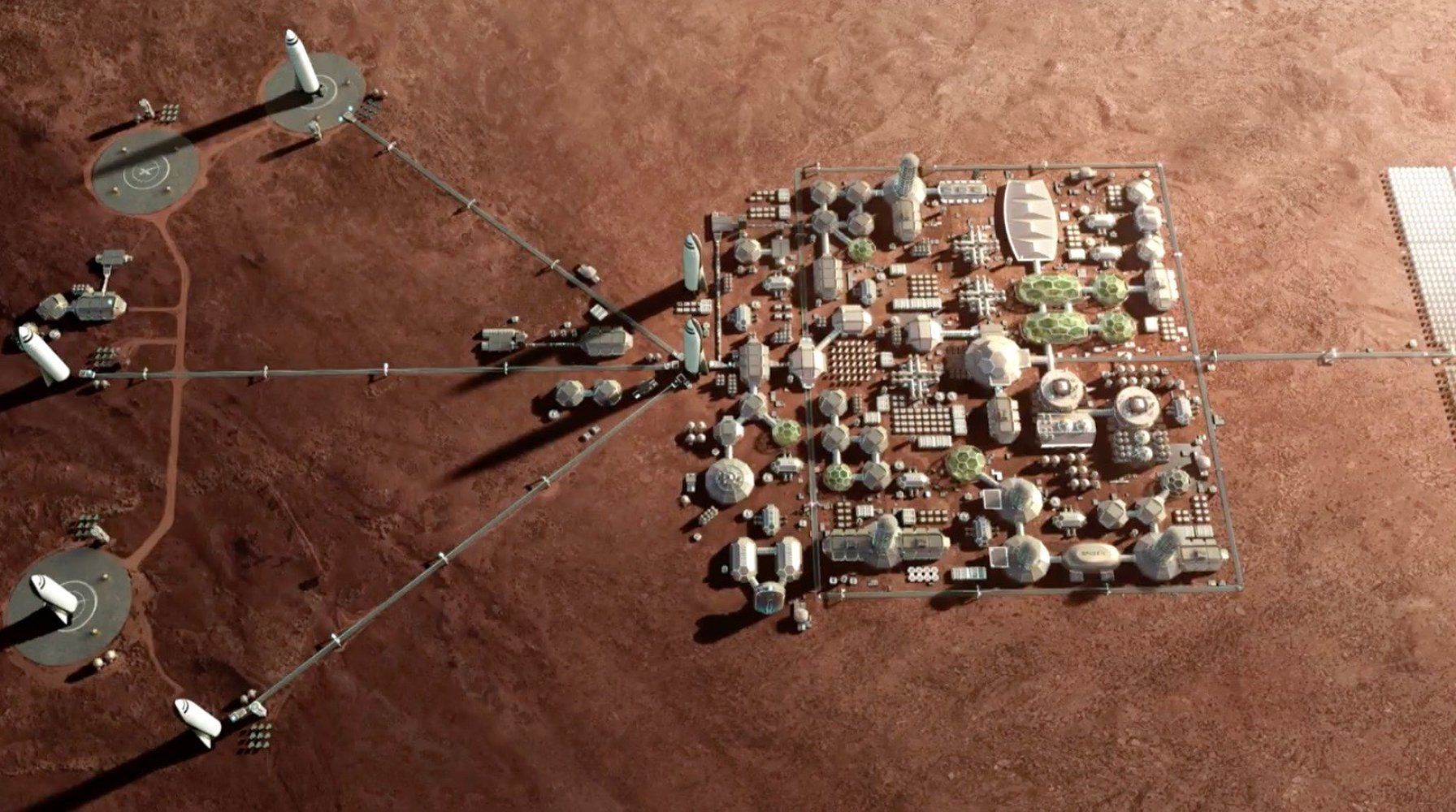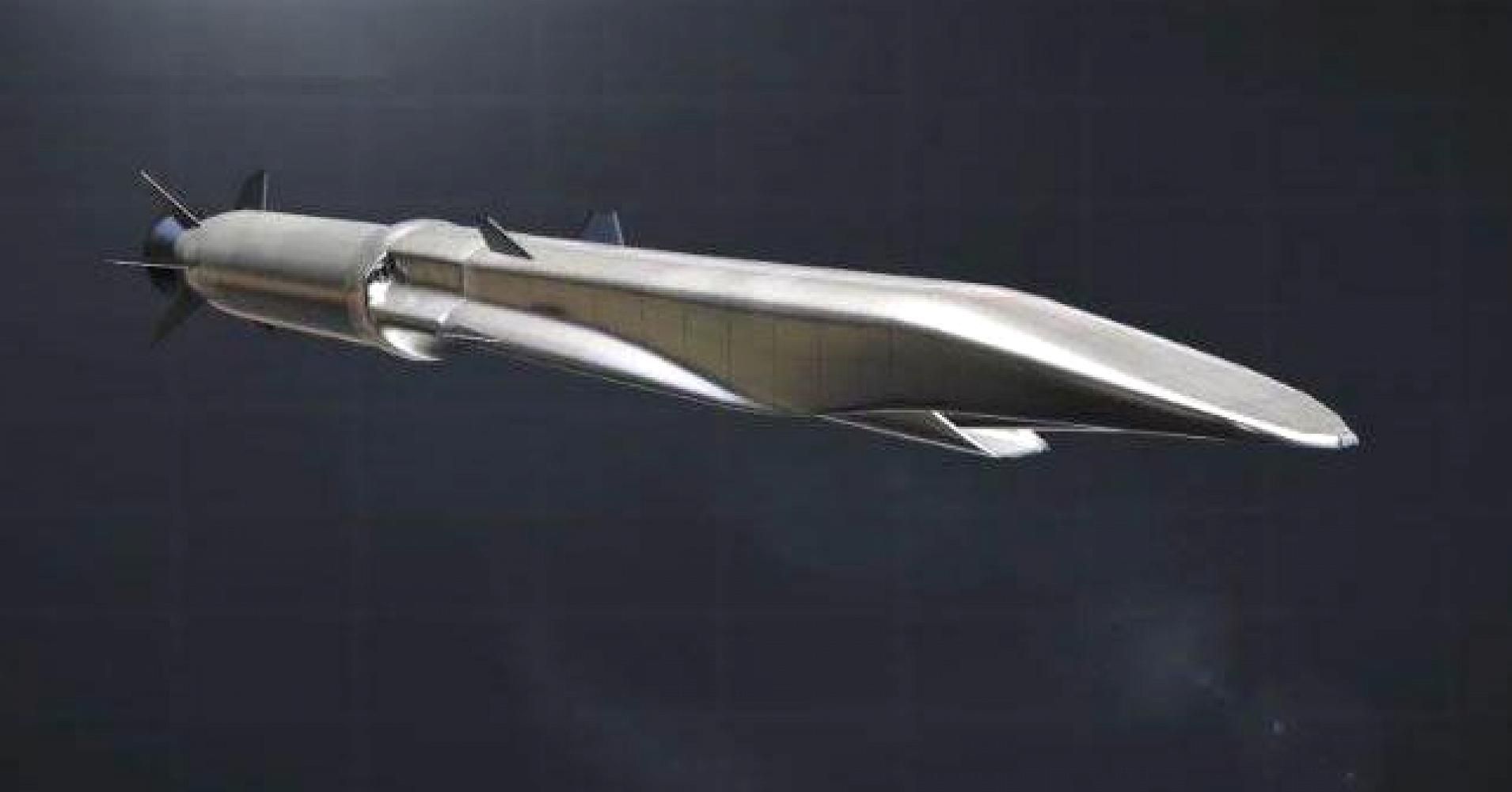Mar 28, 2018
Asteroids to serve as refuelling stations for space exploration
Posted by Klaus Baldauf in categories: business, space travel
Many asteroids are rich in minerals, metals and water, making them potential life support systems for humans venturing deep into the solar system.
“Asteroids contain all the materials necessary to enable human activity,” says Peter Stibrany, chief business developer and strategist of California-based Deep Space Industries (DSI). “Just those near Earth could sustain more than 10bn people.”
Moreover, their relatively small mass means their gravitational field is weak, so in this respect, at least, they are much easier than larger bodies such as the moon to land on and leave, he argues.
